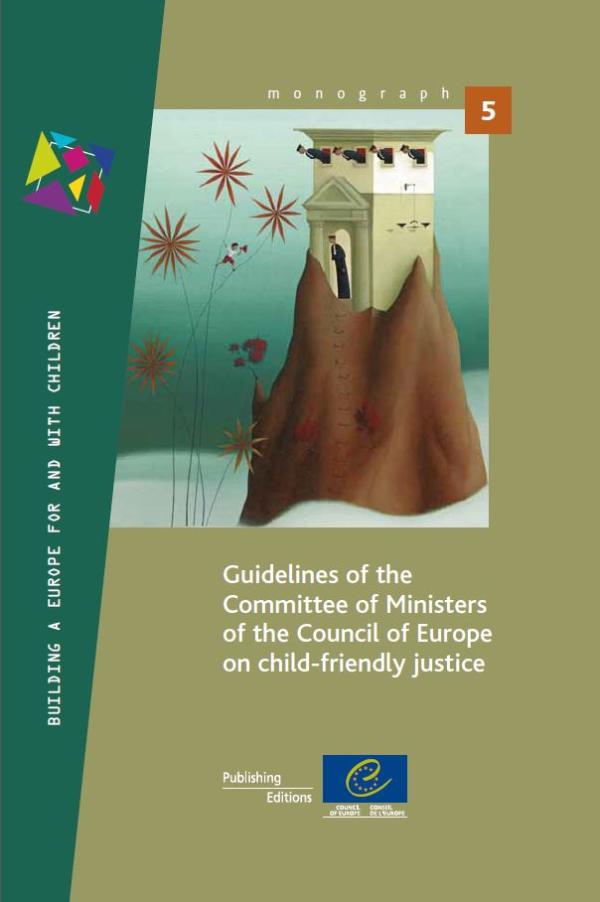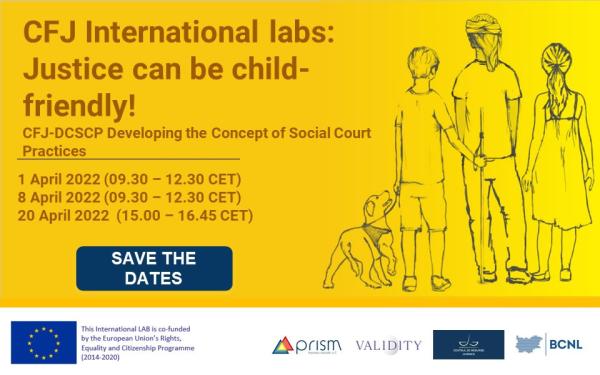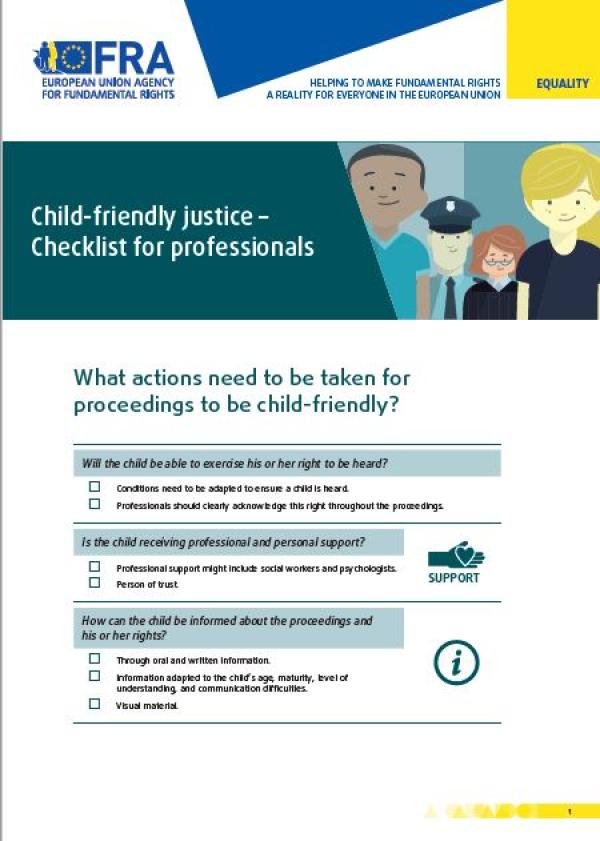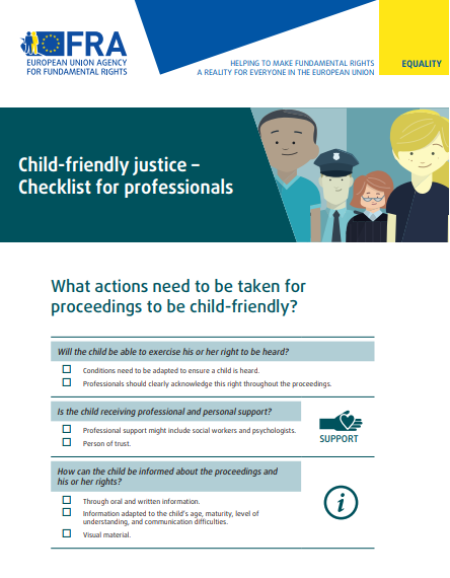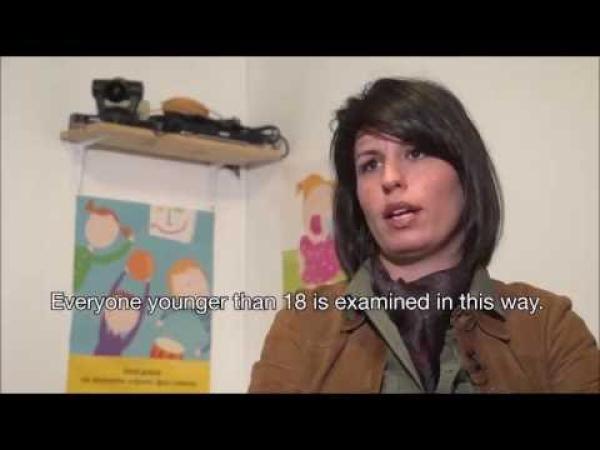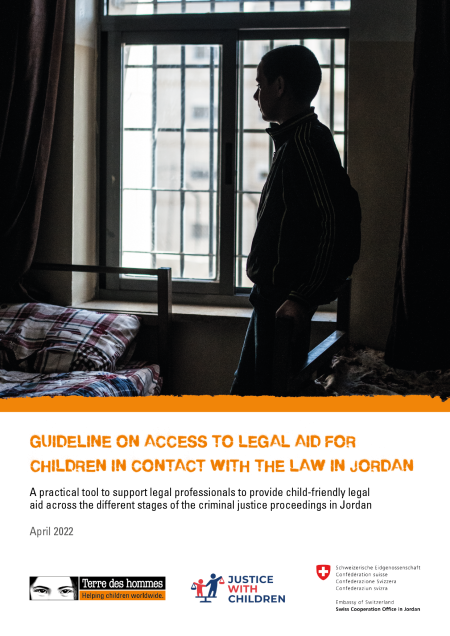
The Council of Europe adopted the guidelines on child-friendly justice specifically to ensure that justice is always friendly towards children, no matter who they are or what they have done. Considering that a friend is someone who treats you well, who trusts you and whom you
can trust, who listens to what you say and to whom you listen, who understands you and whom you understand. A true friend also has
the courage to tell you when you are in the wrong and stands by you to help you work out a solution. A child-friendly justice system should
endeavour to replicate these ideals.
A child-friendly justice system must not “walk” in front of children; it must not leave them behind
It treats children with dignity, respect, care and fairness. It is accessible, understandable and reliable. It listens to children, takes their views seriously and makes sure that the interests of those who cannot express themselves (such as babies) are also protected. It adjusts its pace to children: it is neither expeditious nor lengthy, but reasonably speedy. The guidelines on child-friendly justice are intended to ensure all this and to guarantee that all children have adequate access to and treatment in justice in a respectful and responsive manner.
Kindness and friendliness towards children aid in their protection
Repeated interviews, intimidating settings and procedures, discrimination: a plethora of such practices augment the pain and trauma of children who may already be in great distress and in need of protection. A child-friendly justice system brings relief and redress; it does not
inflict additional pain and hardship and it does not violate children’s rights. Above all, children between birth and the age of 17 – be they a party to proceedings, a victim, a witness or an offender – should benefit from the “children first” approach. The guidelines on child-friendly justice were drafted to protect children and youth from secondary victimisation by the justice system, notably by fostering a holistic approach to the child, based on concerted multidisciplinary working methods.
If a child-friendly justice system does not “walk” in front of children, it does not “walk” behind them either
Europe has witnessed tragic miscarriages of justice where children’s views were given disproportionate weight, to the detriment of other parties’ rights or of the children’s own best interests. In such cases, the better became the enemy of the good. As children and youth themselves declare, child-friendly justice is not about being overfriendly or overprotective. Nor is it about leaving children alone with the burden of making decisions in lieu of adults. A child-friendly system protects the young from hardship, makes sure that they have a place and say, gives due consideration and interpretation to their words without endangering the reliability of justice or the best interests of the child. It is age-sensitive, tailored to children’s needs and guarantees an individualised approach without stigmatising or labelling children. Child-friendly justice is about fostering a responsible system solidly anchored in a professionalism that safeguards the good administration of justice and thereby inspires trust among all parties and actors involved in the proceedings.
A child-friendly justice system is on the side of children offering help provided by competent professionals
Justice systems throughout Europe are full of competent and caring policy makers and legal professionals – judges, law enforcement officials, social and health workers, child-rights advocates, parents and caregivers – eager to receive and exchange guidance in order to enhance their daily practice in the best interests of children. Because they stand on the frontline of children’s rights and they can make a genuine difference for children on a daily basis, this publication contains – in addition to the core text of the guidelines – an explanatory memorandum setting out samples of case law from the European Court of Human Rights and concrete examples of good practice inspired by and for professionals working with children in justice.


